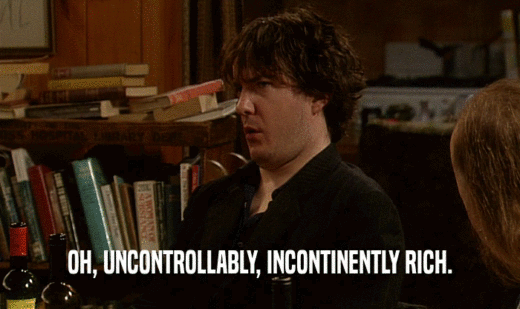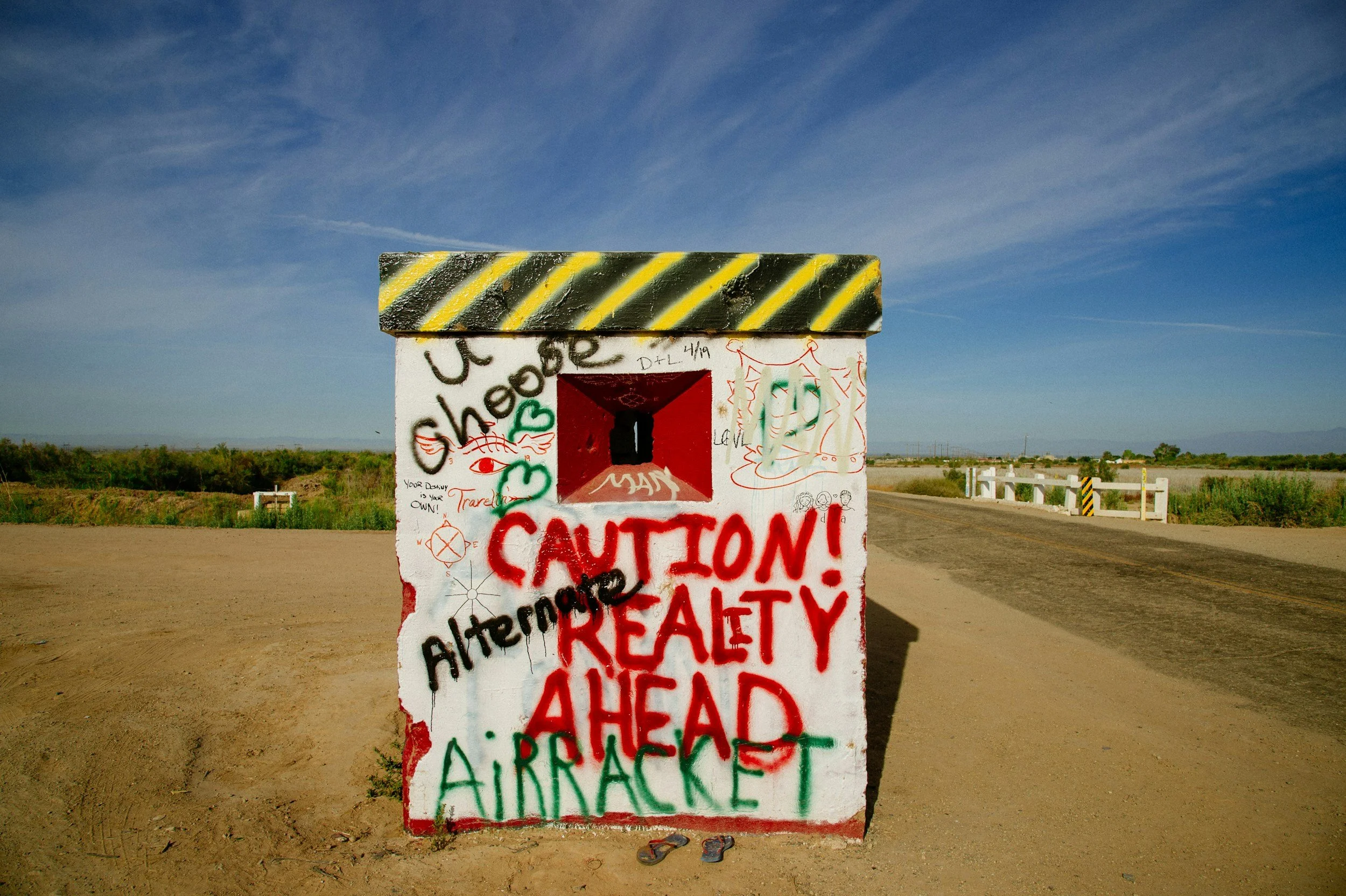TAM, SAM & SOM: Bringing reality to psychedelic valuations
We hear a lot about how much psychedelics are going to be worth. By 2030 or whatever ‘the market’ will be worth many billions of dollars.
But what does this mean? For the more financially literate, this will be old news. But for many people who are buying into the excitement around developing psychedelic therapies & medicines, or are new to the economics of psilocybin, these are not necessarily familiar concepts.
(Just so we’re clear, none of this constitutes medical, legal, or financial advice, nor am I encouraging anyone to do anything illegal.)
TAM: Total Addressable Market
This is the theoretical maximum number for a given market. Basically, it’s the total number of potential customers, multiplied by how much you expect to sell your product for.
For example, the total number of people worldwide suffering from depression is sometimes cited as being about 300 million. If I expect to sell my GMP psilocybin for the bargain basement wholesale price of $1000 per course of treatment, the TAM comes out at $300 billion dollars.
This, of course, produces wildly inflated figures, so we don’t see a number against TAM much anymore. In fact, you’ll rarely see TAM mentioned by name. But you can still allude to TAM and the boundless riches it promises, without sounding insane. Here’s how: Just talk about how many people suffer a mental illness, say PTSD, and leave it at that. Let your more enthusiastic investors do the math in their heads and decide that your shares are wildly undervalued.
This is a common communication strategy, both in psychedelic pharmaceuticals and beyond. (I poke fun, but if it’s good enough for atai, Emyria, and Incannex, there must be something to it.)
Let’s look at something more realistic.
SAM: Serviceable Addressable Market
This figure is where the rubber starts to hit the road. SAM is the TAM number, multiplied by the proportion of the total market that you could potentially serve. This is where things like affordability, availability of prescribers, legality & regulations, and even community attitudes towards psychedelic therapies start to cut into the total.
To use the affordability example, there are about 30,000 people in Australia who suffer from Treatment Resistant Depression (TRD). If you sell a relevant Psychedelic Assisted Therapy (PAT) treatment that costs $10,000 (no one is that cheap yet, I just like round numbers), your TAM is an impressive $300 million.
Except, who can afford that? Finder reported that 43% of Australians it polled had less than $1000 in their bank accounts. When Westpac gave a breakdown of the bank balances of its customers by age, the median amount didn’t get over $10,000 until the 65 to 74 age bracket. Let’s be wildly optimistic and indulge my penchant for easy arithmetic and say this cuts the serviceable market by half. Now you have 15,000 people and a potential market of $150 million. Still good, right?
Yeah, but people with TRD lose up to 12 more years of work than the average person. So, the chances that they’re in the group with $10,000 in the bank is reduced again. Now, we’re looking at 7,500 potential clients.
If PAT was covered by private health insurance, that might offset some of all this, but outside of one trial this isn’t the case, so we’ll skip this. Even if we didn’t, chances are someone with good health coverage is already more likely to have more savings, so the net benefit wouldn’t necessarily be that great.
Do we have enough approved prescribers to treat that 7,500 in any reasonable time? Not right now, no. At the current reported pace to date of about 100 people per year, it would take about 75 years to take all those people through their full course of treatment. Of course, that’s going to get faster. But how much? Since no one who is interested in SAM wants to know about a timeframe where potential customers are being treated by the grandchildren of today’s practitioners, we’d have to pull it back to what’s achievable in the next 10 years. That might look more like 3750 people over that time.
There are other factors that shave off more potential customers: physical or mental health contraindications, customer preference, location/proximity to treatment etc. You get the idea. Let’s say these knock the numbers back to 3000 people, Australia-wide.
SOM: Serviceable Obtainable Market
Photo by Donald Giannatti on Unsplash
Here is where reality really sets in. For SOM, we take whoever is left from the SAM, and project how many of them we can expect to buy the product from our business rather than our competitors. The closer we are to a monopoly, the more aligned SAM and SOM will be. The more mature and diverse the market, the further apart they’ll be.
It’s hard to generalize, given how new this all is here. If you’re a big player, you might have a facility in every state & territory. And it’s easy to imagine that any major city that has PAT available will likely have more than one provider, and that 3000 people may not all be that close to your locations. Let’s be overly generous again, and say you get half of the SAM.
1500 customers multiplied by $10,000 is $15 million. But at this point we must be explicit about how long it’s going to take us to make that money. If someone talks about how much cash they’re going to bring in, but leaves out how long it’s going to take, that’s a red flag.
Depending on facilities and other bottlenecks, this might be spread over 10 years. Now, grossing $1.5 million a year over 10 years is nothing to sneeze at, and many businesses would be thrilled to be doing those numbers. (I know I would be!)
It’s good. But it’s not the $300 million that businesses want you to focus on when they ask you to invest in them.
Always look past the total number of people who could benefit from a treatment and go for actual numbers: How many treatments or units will that company sell, over what time-period, and based on what assumptions or evidence. If you concentrate on those figures, the pot of gold at the end of the psychedelic rainbow starts to look a lot more modest than we’ve been led to believe.
Stay Ahead of the Psychedelic Curve
Every two weeks, I send The Ethical Trip, a newsletter containing:
Unique industry analysis
Philosophical explorations of politics, technology and culture
Practical tips on harm reduction, activism or psychedelic business
All delivered with a hint of dark humour.
Do you need expert advice around psychedelics in Australia or elsewhere? Or do you need unique blog or web content for your psychedelic business that is accurate, engaging, and written by a human that, unlike ChatGPT, has had psychedelic experiences? If the answer to any of those questions is yes, please reach out via the button below - I’d love to hear from you.



